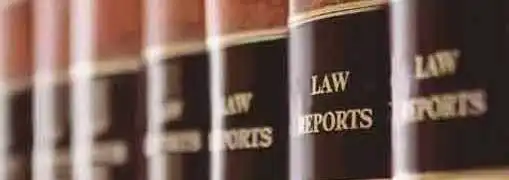Intellectual Property and Entrepreneurs
Patent Infringement
Knowledge of patent infringement fundamentals is important for entrepreneurs. You want to know your rights if you believe somebody is using your intellectual property. You also want to understand the risks if you or one of your employees infringes on another company's patents.
Everyone knows that patents are supposed to protect inventive ideas from theft and from being used without proper permission.
But what happens when someone violates your patent? And how can you position your patent to defend yourself when violations occur? Read on . . .
The unlawful use of a patented device or concept is called patent infringement. Federal law describes patent infringement as "whoever without authority makes, uses, or sells any patented invention within the United States during the term of the patent therefor, infringes the patent."
In other words, if an individual or company blatantly employs your invention without your permission (and without paying an accompanying fee) then patent infringement has occurred.
The problem is that patent infringement isn't necessarily a black and white matter. Discerning whether infringement has actually occurred is a two-step process. First, the patent documents are examined to determine the extent of the invention that is claimed to have been infringed upon and whether or not a legal patent actually exists. Once the patent has been examined, the accused device is examined to determine whether it has violated the patent or used a similar process that is not covered under the claimant's patent.
Pursuing a patent infringement claim can be a lengthy process. To make sure your patent is secure, it's important to take steps upfront that will protect your invention should the need arise to claim infringement later on.
Step 1: Documentation
The documentation process begins the moment you have an idea for a new invention or device. The more thorough your documentation, the easier it will be to obtain and patent and secure it against infringement down the road. Information compiled during the documentation stage is vitally important for the second stage of the process: Disclosure and filing.
Step 2: Disclosure and Filing
To maintain legal viability, patents must filed within one year of the invention's initial disclosure or commercial application. Disclosure is a semi-gray area, but is generally understood to include any exposure of the invention to the general public. If you communicate information about the product to customers, distribute pricing information, sell the product, or publish articles about the invention, disclosure may occur and the one-year clock may be in motion. However, there is a loophole to the disclosure restriction. If everyone to whom the invention has been disclosed signs a non-disclosure agreement, the invention has not been legally disclosed and the one-year clock has not yet begun.
Step 3: Waiting
Once you have filed your patent, an extended waiting period begins. The patent approval process can take anywhere from 1-3 years, depending on the complexity of your invention. But even during this waiting period you can take steps to protect your patent by informing potential infringers that a patent application has been filed and unauthorized use of the invention may constitute patent infringement.
Share this article
Additional Resources for Entrepreneurs




Conversation Board
We greatly appreciate any advice you can provide on this topic. Please contribute your insights on this topic so others can benefit.